![Variation of the Population Structure of Polygonum viviparum L. in Relation to Certain Environmental Conditions Variation of the Population Structure of Polygonum viviparum L. in Relation to Certain Environmental Conditions]()
Click to have a closer look
About this book
Contents
Customer reviews
Related titles
About this book
Populations of Polygonum viviparum L. have been studied at Godhavn in Greenland (69° 14’N, 53° 31’W), at 30 sites within an investigation area of approx. six km2. At each site, the age structure of the population was described after the individuals had been classified on the basis of the morphology of the rhizome. Other population parameters investigated are the total number of individuals (1 – 2,860 per m2), number of recently established individuals (0 – 1720 per m2), number of flowering individuals (0 – 850 per m2), number of bulbils produced (0 – 17 870 per m2), and dry weight of standing crop (0.6 – 281 g per m2); the numbers in the brackets give the total range for the 30 sites. The flowering individuals have been characterized by the age class in which flowering first occurs, the mean dry weight of the vegetative parts (0.06 – 0.94 f) and the mean number of bulbils (9± 4 – 114 ± 46). – The environmental parameters studied include height above sea level, slope and direction of slope, soil water content, loss on ignition, bulk density, pH, exchangeable K, 0.2 N H2SO4-soluble P, C/N, soil temperature, time of disappearance of the snow, soil movement, and degree of cover of the vegetation.
The sites have been assigned to six groups which are defined with emphasis on those factors which are assumed to be limiting; 1. Sites with soil movement, 2. Sites, where the snow is late in disappearing, 3. Sites with waterlogged soil, 4. Well-drained sites on level or slightly sloping ground, 5. Steep slopes, exposed to the sun, and 6. Sites where competition for light is an important factor. Within each of the groups, the sites show a number of common features, especially as regards relative values referring to the population structure, and various features characterizing the plants. it is suggested that the large variation in the population parameters mentioned above occurs mainly because individuals of Polygonum viviparum of a different age are in a different way and to a different degreee influenced by the environmental conditions. At the same time, the bulbil gain from and loss to the surroundings is stressed as important for the size of a population.
Contents
Abstract
Introduction
The investigation area
Methods
The sites investigated
Observations of parasites, symbionts, and herbivores
Conclusion
Acknowledgements
References
Customer Reviews



























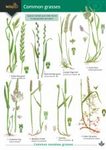


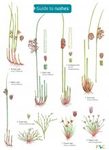
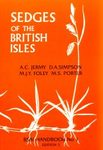
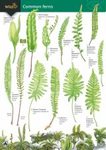

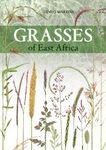








![Die Flechtengattung Caloplaca in Grönland [The Lichen Genus Caloplaca in Greenland]](http://mediacdn.nhbs.com/jackets/jackets_resizer_medium/21/212189.jpg?height=150&width=105)